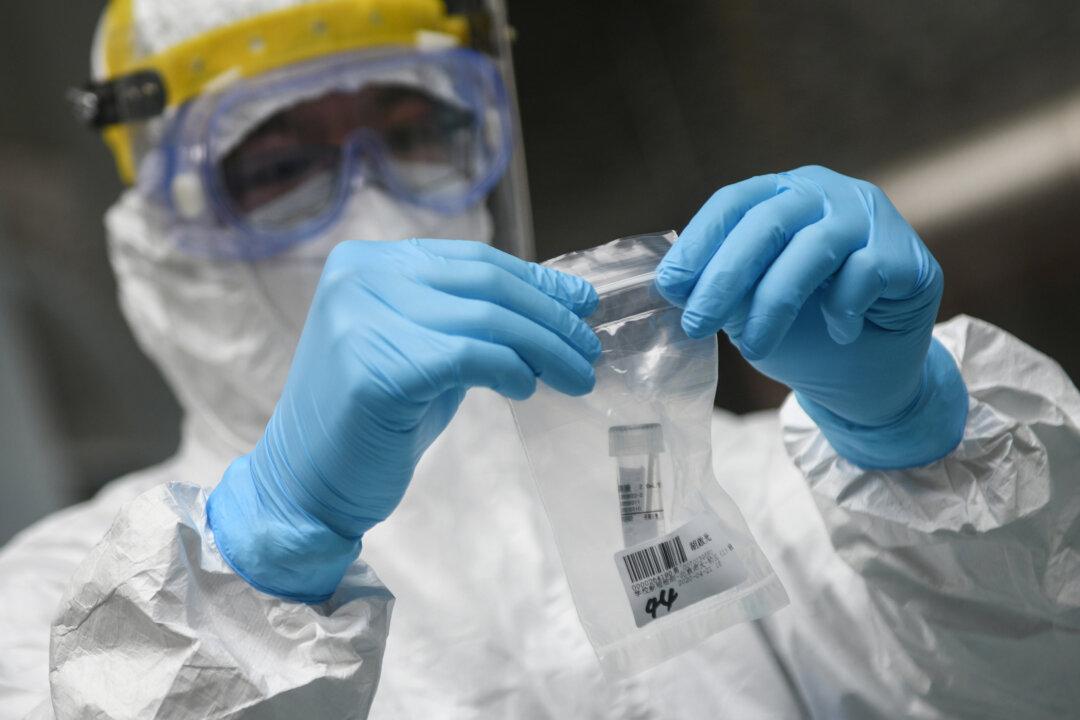A district in the southern Chinese city of Guangzhou announced more than 10 asymptomatic carriers of the CCP virus in recent days.
A neighboring province and the nearby city of Shenzhen also reported new infections among people who came from Guangzhou, indicating the second wave outbreak was further spreading in southern China.





